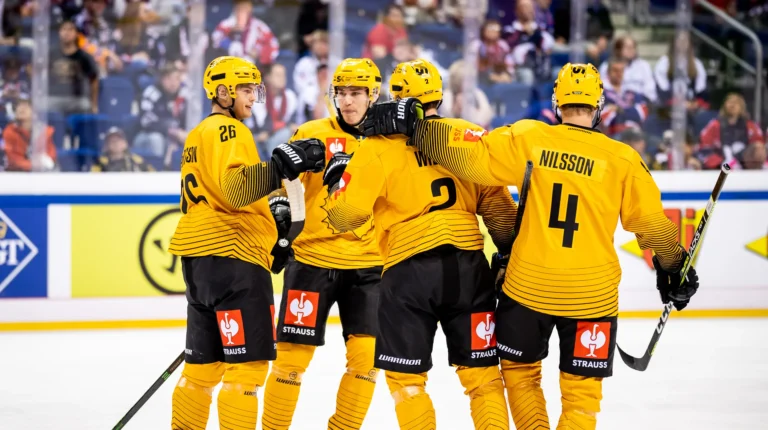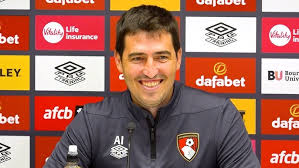The Dodgers won a World Series with Shohei Ohtani, Mookie Betts, and Freddie Freeman, then added more talent in the off-season.
The Los Angeles Dodgers entered this off-season as the envy of Major League Baseball. They controlled the money, and after winning the World Series with a star-studded roster, they possessed the power.
The Dodgers, coming off a 98-win season, had it all and still wanted more. So they added two-time Cy Young Award winner Blake Snell and Japanese sensation Roki Sasaki to the starting rotation. They signed veteran outfielder Michael Conforto and brought back slugger Teoscar Hernandez.
Once those spots were sorted, the Dodgers decided to add not one, not two, but three closers. First, they re-signed Blake Treinen. Then they recruited Tanner Scott, who was viewed as the top-free agent reliever in this year’s class. On Tuesday, they added veteran right-hander Kirby Yates
The flurry of moves from a team already considered MLB’s best was a bit much, and yet it was entirely above board. In a sport without a salary cap, the Dodgers aren’t breaking any rules; they’re simply using a rich ownership group and one of North America’s top sporting markets to their advantage.
The gap between the haves and have-nots in baseball has never been bigger. The Dodgers are projected to have a competitive balance tax payroll of $389 million (U.S.), which is double the payrolls of more than half the league. They have committed more than $450 million this off-season alone, while the Miami Marlins haven’t signed a single free agent to a guaranteed deal.
The Dodgers free-spending ways don’t promise a thing come playoff time. Post-season baseball is known as the great equalizer because the best team doesn’t always win. Anything can happen in an abbreviated series; it’s about getting hot at the right time.
But the same thinking doesn’t apply to the regular season. The Dodgers might only have two World Series titles to show for a decade-plus of dominance, but they haven’t missed the playoffs since 2012. Year after year, they’re a lock to play in October, whereas the cross-town rival Angels haven’t been there in 10 seasons.
The Dodgers’ resources must be demoralizing to Arizona, San Diego, and San Francisco, who begin every season competing for the second place in the National League West. It’s a life Jays supporters know well after going through a two-decades-plus post-season drought at the hands of the New York Yankees and Boston Red Sox, who now seem stingy by comparison.
There’s an argument to be made that, come playoff time, a juggernaut team like the Dodgers is good for baseball. More casual fans tune in because of the star power. The presence of Shohei Ohtani, Yoshinobu Yamamoto, and Roki Sasaki on the sport’s biggest stage offers international appeal. Every series gets billed as a David vs. Goliath, made-for-TV event.
That’s compelling drama for a few weeks in October, but what about the other six months? What’s the point in the Diamondbacks getting excited about signing an ace like Corbin Burnes when the best they can hope for is trying to advance via a best-of-three wild card series? Worse yet, why should anyone care about the 61-win Colorado Rockies? Not just now, but for years to come.
The most obvious solution to the lack of competitive balance is a salary cap, one that fairly distributes revenue between players and owners. But even if such a system existed, it wouldn’t fix everything. Stars would still flock to big markets and players would feel just as inclined to sign in tax-haven states. It also wouldn’t force the stingy teams into spending more.
What baseball needs just as much as a salary cap is a salary floor. A third of the league isn’t trying. Owners in smaller markets are crying poor at a time when the valuations of their franchises are continuing to soar. Too many teams at the bottom are content to keep revenue-sharing payments as profit instead of using it to invest in better players.
Any solution to this power imbalance is at least two years away. The collective bargaining agreement doesn’t expire until December 2026. When it does, a salary cap will be a non-starter for the players and a salary floor will be a non-starter for owners. While it’s possible to compromise, a work stoppage might be required before both sides agree on how to do it.
In the meantime, the Dodgers will keep doing their thing. After signing Ohtani, Yamamoto and Sasaki there is already speculation, they will try to add the next Japanese star, Munetaka Murakami, when he becomes available next winter. Other big names will surely follow, and the rich will keep getting richer.
The Dodgers’ 11 division titles in 12 years is proof of their dynasty. It’s also evidence of a broken system because the regular season is becoming increasingly irrelevant to fans on the West Coast. That’s a huge red flag for a league that requires each of its teams to play 162 games before the playoffs are even possible.








